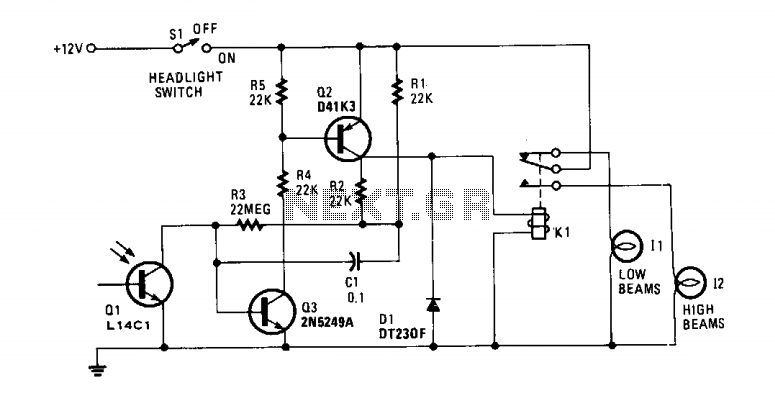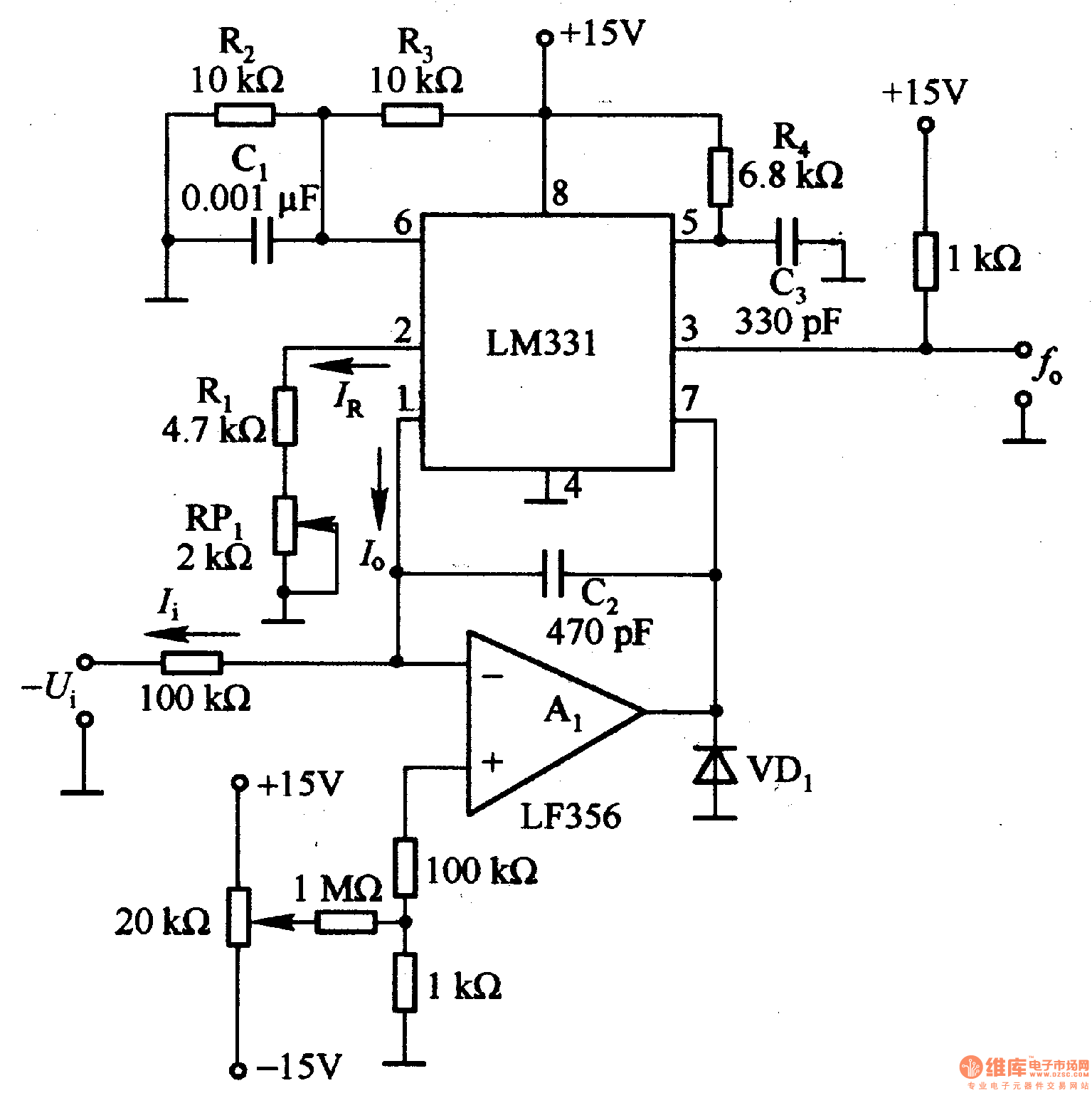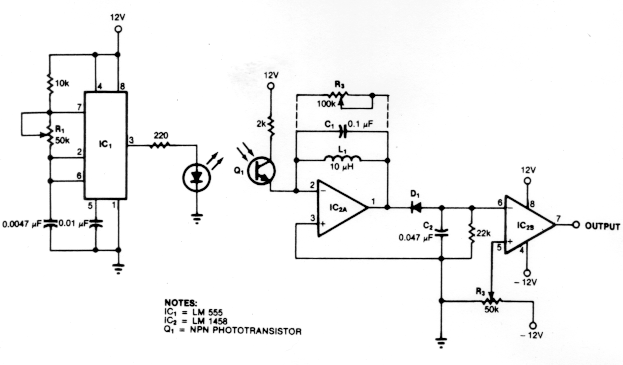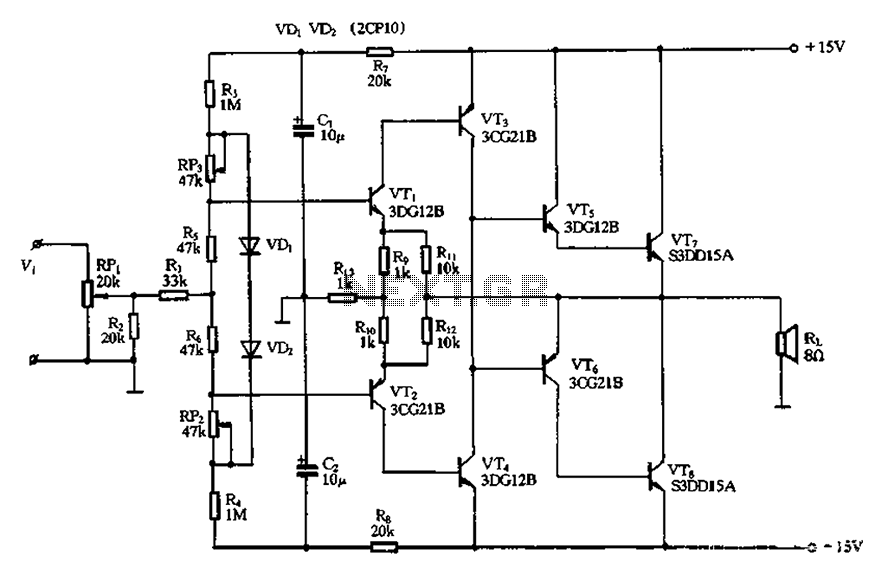
Radio Modem Circuit
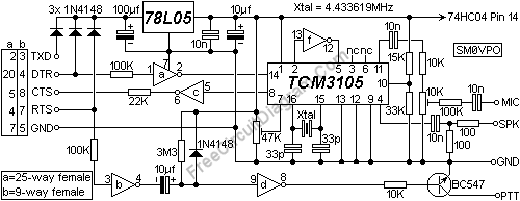
This radio modem is widely used for amateur radio packet applications. It is powered by the data and control lines, eliminating the need for additional power sources.
The radio modem operates by facilitating packet data communication over amateur radio frequencies. It is designed to interface seamlessly with various amateur radio transceivers, allowing for efficient data transmission and reception. The modem typically utilizes a microcontroller or digital signal processor (DSP) to manage the encoding and decoding of packet data, ensuring reliable communication.
The power requirements of the modem are met through the data and control lines, which simplifies the overall design and reduces the need for external power supplies. This feature is particularly advantageous in portable or field applications where minimizing equipment weight and complexity is crucial.
Key components of the radio modem may include an RF front end for signal amplification and filtering, a microcontroller for processing data, and a user interface for configuration and monitoring. The modem may also incorporate error detection and correction algorithms to enhance data integrity during transmission.
Connection to the amateur radio transceiver is typically achieved through standard interface protocols, such as RS-232 or USB, allowing for compatibility with a wide range of devices. The modem's design may also include indicator LEDs to provide visual feedback on operational status, such as power, data transmission, and error conditions.
Overall, this radio modem represents a compact and efficient solution for amateur radio enthusiasts looking to engage in packet radio communications, offering ease of use and integration into existing radio setups.This radio modem is popular for amateur radio packet application. This radio modem is powered by the data and control lines, so it need no additional power. 🔗 External reference
The radio modem operates by facilitating packet data communication over amateur radio frequencies. It is designed to interface seamlessly with various amateur radio transceivers, allowing for efficient data transmission and reception. The modem typically utilizes a microcontroller or digital signal processor (DSP) to manage the encoding and decoding of packet data, ensuring reliable communication.
The power requirements of the modem are met through the data and control lines, which simplifies the overall design and reduces the need for external power supplies. This feature is particularly advantageous in portable or field applications where minimizing equipment weight and complexity is crucial.
Key components of the radio modem may include an RF front end for signal amplification and filtering, a microcontroller for processing data, and a user interface for configuration and monitoring. The modem may also incorporate error detection and correction algorithms to enhance data integrity during transmission.
Connection to the amateur radio transceiver is typically achieved through standard interface protocols, such as RS-232 or USB, allowing for compatibility with a wide range of devices. The modem's design may also include indicator LEDs to provide visual feedback on operational status, such as power, data transmission, and error conditions.
Overall, this radio modem represents a compact and efficient solution for amateur radio enthusiasts looking to engage in packet radio communications, offering ease of use and integration into existing radio setups.This radio modem is popular for amateur radio packet application. This radio modem is powered by the data and control lines, so it need no additional power. 🔗 External reference
